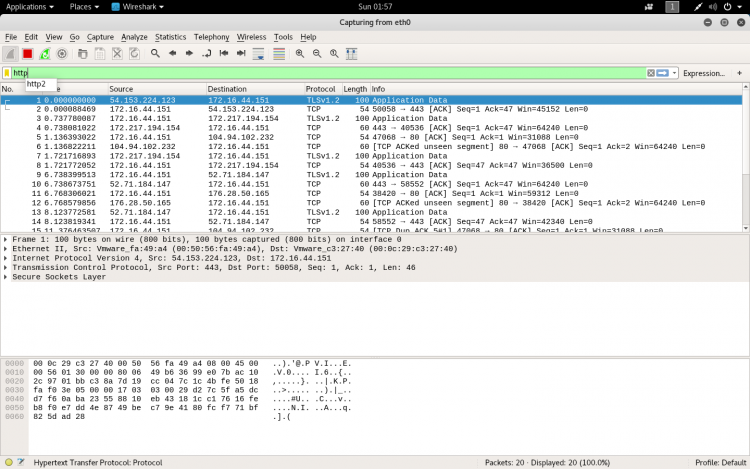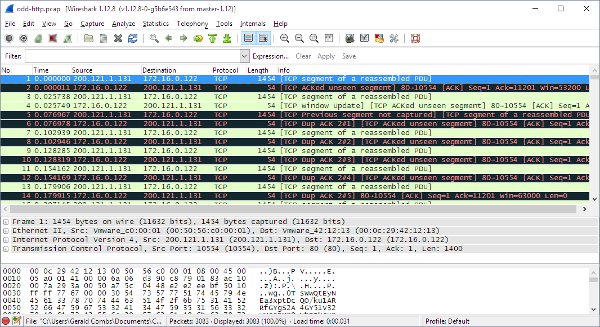


It also provides you the opportunity to review the network path in between the nodes in question. Remember the key is to capture on both sides of the conversations or where you suspect the problem might be, this provides you the before and after picture of each device interacting with the traffic flow. This can typically happen due to fragmentation or MTU issues. Here we are capturing traffic on both sides of a VPN tunnel, similar to the firewall example from above it’s important to make sure the VPN is not causing any unintended communication issues. This allows us to see whether or not there is packet loss between nodes, or if possibly if one of the nodes is experiencing heavy processes or load delays, among a host of other things.


By capturing on both sides of the firewall, we can see how the firewall interacts with the packets.In the above example, we have two captures setup in front of two servers on the separate sides of a firewall. It is also best to ensure you are capturing on both sides of the conversation to ensure you can see the full scope of the conversation. This can assist with your analysis or it can actually hinder your analysis. It’s important to remember when you are analyzing packets you are viewing the packets from the perspective of the capture point. Placement – Knowing where to capture is key.Lets go over a few best practices when using Wireshark to make sure you get the most out of it. However there are a few quick an easy tricks you can use to ensure you are getting the most out of your packet captures. There are definitely many variables out there that make capturing and analyzing data a very convoluted and difficult. Wireshark can be a very powerful however getting the most out of this tool can be tricky.


 0 kommentar(er)
0 kommentar(er)
